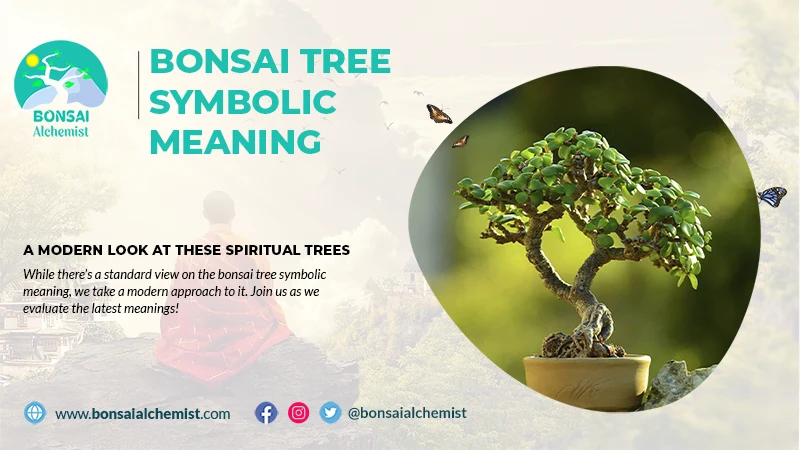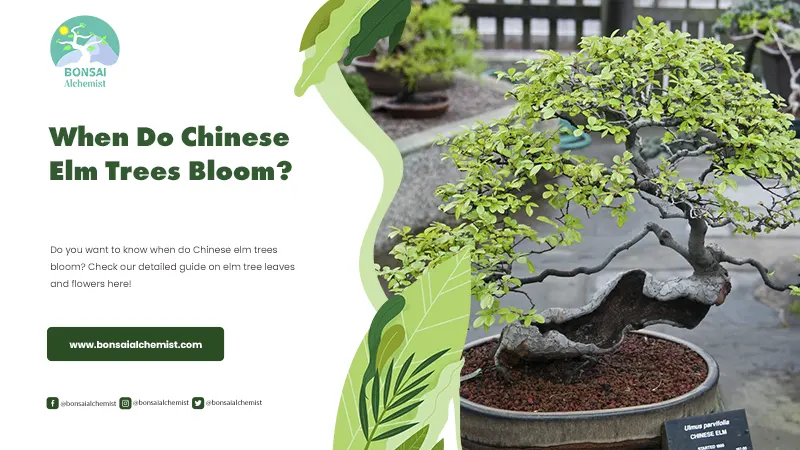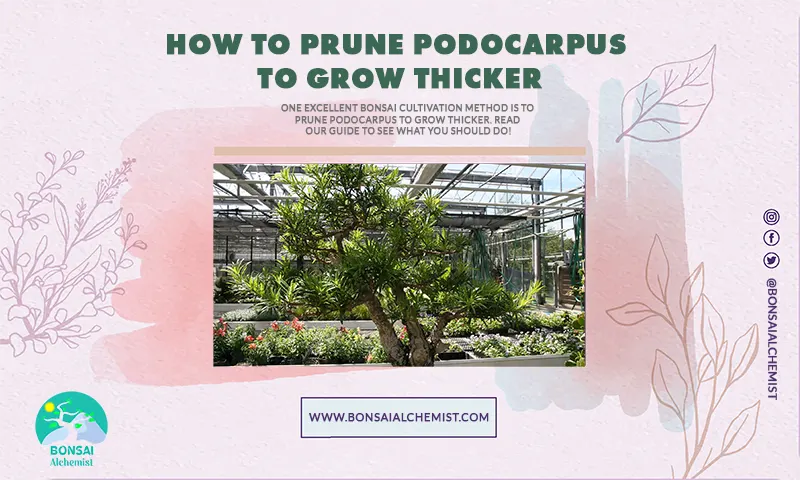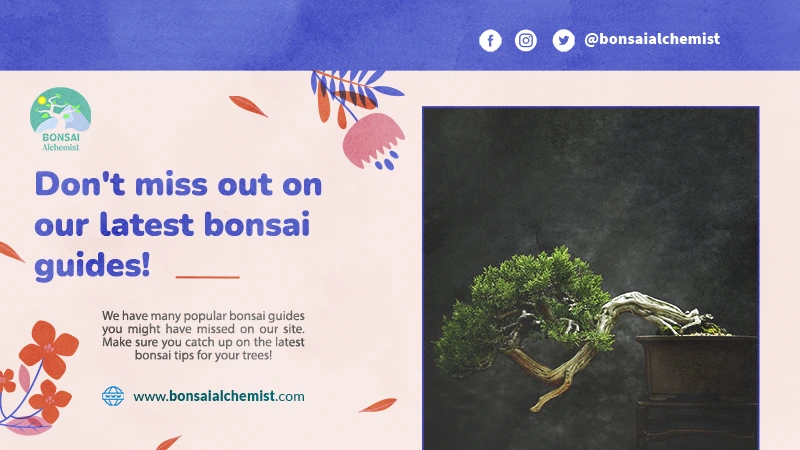Ficus Benjamina - Weeping Fig Bonsai
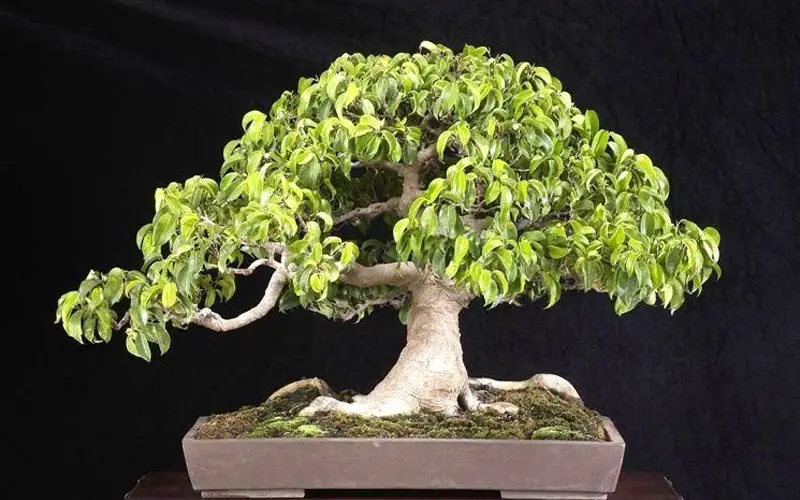
The Weeping Fig bonsai, also known as Ficus benjamina, is one of the most popular household plants in several countries worldwide. The primary reason that bonsai enthusiasts love cultivating this tree is its ability to thrive in poor growing conditions. It can tolerate a considerable temperature range, while it’s also quite forgiving.
Table of Contents
Quick Ficus Benjamina Care Sheet
Before we head into the details of how to care for your ficus, here’s a quick information sheet for you to read through. We’ll break it down in the next section, but the table is a lot easier on the eyes.
Recommended soil
Strong mix with sufficient drainage
Watering
Summer: daily, winter: 3 times weekly
Potting season
Early spring, every 2 years
Shaping and pruning season
Basic design: early spring
Maintenance trimming: mid-spring
Secondary trimming: mid-summer
Light
Five to six hours of sunlight daily
Humidity
50% – 70%
Fertilizing
Liquid fertilizer every two weeks
Propagation methods
Seed, cuttings
Pests and diseases
Scales, aphids, caterpillars, black spot, late blight
Growth patterns
Trunk swelling is slow, new shoots develop quickly, flowers will develop on potted bonsais
Recommended styles
All styles, except groups or forests
Native area
Asia, Australia
Scientific Classification
● Clade: Rosids
● Order: Rosales (roses)
● Family: Moraceae (mulberry)
● Genus: Ficus (fig)
● Species: Ficus benjamina (weeping fig)
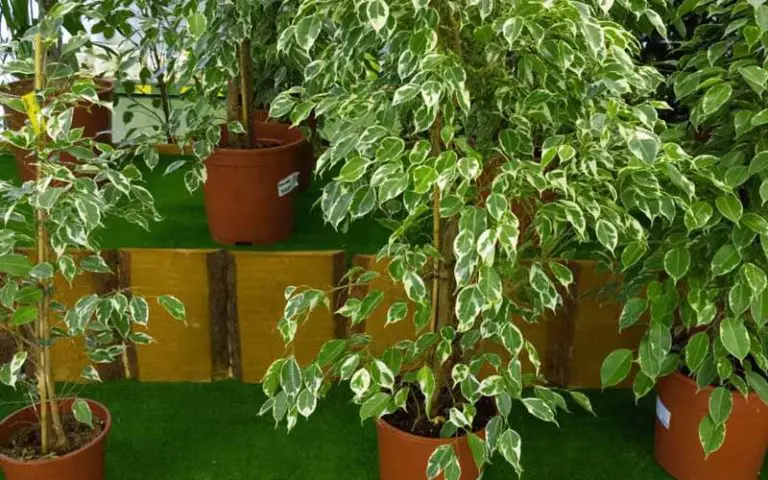
How to Care for a Ficus Benjamina Bonsai
While the Weeping Fig is known as a hardy tree that can live in most conditions, some care is needed if you want it to flourish as a stunning bonsai. Here’s a detailed guide for all aspects you need to consider.
Best Soil
Your Ficus benjamina bonsai will spend about two years or more in the soil before you need to change it. Since it has strong, thick roots, it’s better to get a substrate that’s strong enough to support it. At the same time, you should ensure that it has enough saturation for sufficient drainage.
Steer clear of cheap peat soil. The more peat there is, the quicker the soil becomes dense, which causes a problem for the roots. If you want to ensure proper drainage, you should opt for soil with sand, perlite, and vermiculite.
Watering and Humidity
While the Weeping Fig is a thirsty tree, it doesn’t like having its roots lying in them. In summer, you can water daily to ensure that the soil remains moist, while winter only needs watering every second day. Make sure the substrate dries to a depth of 3 cm before you add more liquid. You should also empty the tray after twenty minutes.
Dry air reduces the tree’s leaf performance, and it may cause the leaves to fall off in the long run. Humidity levels should be between 50% and 70% to maintain a healthy environment for the ficus. You can increase air moisture by spraying water over the foliage or using a humidifier.
Repotting
Your Ficus benjamina will become unhappy in its pot after two years. The roots grow thick quickly and will take up all the space in the soil. To prevent a lack of nutrients and oxygen, you should transplant it in early spring.
Removing the tree from the old soil is straightforward. Place the pot on its side and slightly hit the surface to loosen the soil from the interior. You can also use a long blade along the inside, separately any roots from the bottom. Clean the roots and prune a few of them off before placing the bonsai in new soil.
Shaping and Pruning
These trees are one of the easiest to work with, and they will quickly adapt to newly wired positions. Bonsai enthusiasts look forward to the greenery that appears, so they won’t spend too much time pruning. However, early spring is excellent timing to cut any fast-growing branches that overshoot the others.
Cutting the longer branches back encourages a bushier look, making the Ficus benjamina look fuller. If you spot dead leaves, remove them immediately. Just remember that the milky substance that leaks after pruning is toxic, so protect your hands and eyes.
Location and Sunlight
You can get away with placing the bonsai by indirect or direct sunlight, as it will enjoy both. The more light it receives, the greener the leaves will be. However, try to restrict the daylight hours between five to six hours.
It enjoys morning light the most if you place it in a sunny location. If the leaves are bright and colorful, try to give them more direct sunlight. As soon as the high noon lit hits, it’s better to provide some shade. So an indoor location that offers more morning light than afternoon is ideal. Otherwise, you’ll spend all day moving it around.
Which brings us to another point: when you move a Ficus benjamina to a new location with different conditions, it’ll drop some leaves. It may take a few weeks before it restores the balance, but it’s entirely normal for this species. Don’t be alarmed.
Fertilizing
In the spring and summer months, when the bonsai grows stronger, you’ll want to provide it with liquid fertilizer every two weeks. You should half the dosage supplier by the manufacturer to prevent over-fertilization. As soon as the winter months approach, you can reduce feeding it for six weeks.
It’s a bad idea to pour liquid fertilizer on soil that’s too dry. The chemicals contain salt that can burn the roots, so the soil needs to be sufficiently moist to dilute it. Always water it before and after you apply the fertilizer.
Propagation Methods
While you can propagate a ficus bonsai by seed or cuttings, the latter is the preferred method for a healthy, fast-growing specimen. The seeds are more challenging to grow, and you have a lower chance of success. When leaves fall off, or branches break, you can quickly develop a new tree from them.
It’s best to cut a length of 15 cm and remove all the leaves, except for the ones at the top. Grab some moist potting soil and place the cutting in it. After placing a plastic bag over to promote humidity, put the pot in a semi-shady location. When new leaves appear, it’s a good sign that you’ve succeeded.
Pests and Diseases
Stinging and sucking insects are predators that love feasting on ficus trees. As a defense mechanism, the bonsai will drop its leaves or turn them yellow. You may also have to deal with scales or aphids, while the leaves may get black spot or late blight.
As a quick trick against scales, you can spread alcohol on the tree’s bark. Other infestations may need more potent pesticides, but it’s best to check with your local shop what they have available. Since the ficus is distantly related to roses, you can use the same products you use on them, such as Rosecare.
Growth Patterns
Since it develops quickly over spring and summer, you’ll see plenty of new shoots and leaves over a few months. If you expose some roots to sunlight, it’ll thicken like the branches. You can develop rich foliage over time, while indoor bonsais will certainly flower under the right conditions.
Recommended Styles
You can use every style with the Ficus benjamina since it’s so flexible and forgiving. Due to the nature of root thickening, bonsai enthusiasts love performing root-over-rock. A few other favorites are formal uprights and cascading.
While most styles work, we don’t recommend groupings or forests. The thick, fast-growing foliage and branches cause it to be more challenging to make this form appealing.
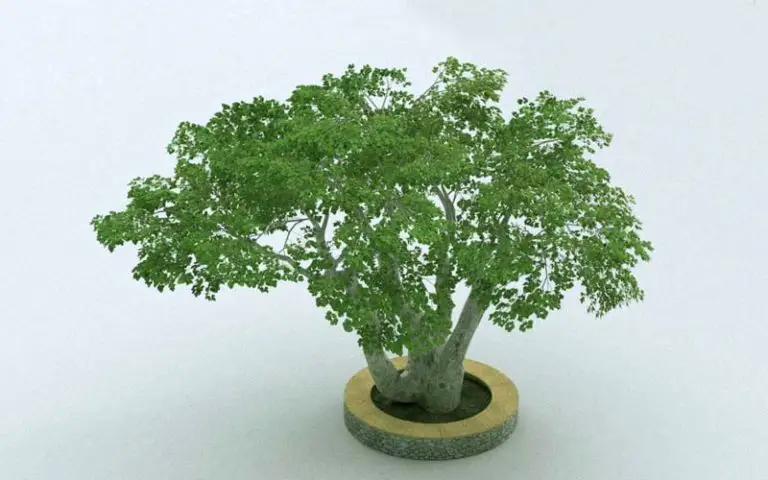
Considerations for Growing an Indoor Weeping Fig
Obtaining a new Weeping Fig bonsai for your home can be exciting. They’re easy to care for, quick to recover, and survive in conditions that many other trees wouldn’t enjoy. However, here are a few aspects for you to consider.
Welcoming Home a New Ficus Bonsai
As we’ve mentioned, the Ficus benjamina doesn’t like changing conditions too much. If you’ve purchased one online or at your local shop, don’t get a fright if it starts losing leaves. You didn’t end up with a faulty product.
Keep it in a location that has enough morning sunlight and shade by noon. Don’t move it around too much, as it needs to settle in. It may take a few weeks before you see new life.
Overwintering
In winter, the bonsai will start adapting to lower temperatures and less sunlight. You’ll need to change your habits too, such as less watering and fertilizing. Ensure the soil doesn’t get too cold or develop frost, and the temperature should remain above 15°C. If you don’t want to lose leaves, considering installing a grow light.
Training Techniques
You can develop stunning forms through approach-grafting. By pressing trunks, roots, or branches together firmly, you can fuse them into a new style. You can perform this task on a single tree or connect several trees together. Feel free to graft the aerial roots into a beautiful pattern too.
Common Issues When Caring For a Ficus Benjamina Bonsai
While pests are certainly one of the most common issues, the one that perturbs many new bonsai enthusiasts is falling leaves. The initial concern is that the tree is dying, especially if it’s happening in spring or summer.
Here are some of the possible causes of your Ficus benjamina losing leaves:
- Too much or too little water
- Humidity or light is too low
- A defense mechanism against pests
- Moving to a new location or pot
- Draughts
- Sudden excessive change in temperature
Exciting Facts About the Ficus Benjamina Species
Before you leave, we thought we’d share some interesting facts about this ficus bonsai:
- The tallest Ficus benjamina is in Indonesia at 29.70 m in the ruins of a hospital building
- A cultivar of the species named “Starlight” earned the Royal Horticultural Society’s Award of Garden Merit
- This tree is one of the most popular indoor bonsais worldwide
- The United States Forest Service has listed this tree as a destructive force in city areas, as the roots easily destroy pavements and streets.
- No permit is needed in South Carolina to remove these trees, as they are susceptible to hurricanes ripping them out and damaging vehicles and buildings.
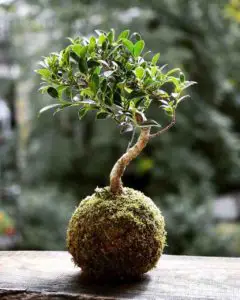
FAQs about the Ficus Benjamina Bonsai
We don’t want you to have any lingering questions. Here are a few we found online or received from our readers. If you have any more, please let us know.
The species prefers morning to noon light, as the latter may burn the leaves or bark. You can give it direct or shaded sunlight, as it can live off both. However, full light is better if you want to keep the stunning, rich color in the leaves.
You can water it daily in summer and alternative days in winter. Ensure the soil remains moist within keeping any lingering liquid in the soil, as that will cause root rot. Leave the water in the tray for twenty minutes before emptying it.
There could be several reasons. Some of these include moving to a new location, pests, change in temperature, less light or humidity, or a cold draught.
While most fig trees aren’t too worried about nutrients in the soil, some people use coffee grounds to add some. It’s shown to provide some of the nutrients the bonsai enjoys, leading to larger fruit and richer leaves.
The species is a hardy tree. Under the right conditions, a Weeping Fig can live up to twenty years indoors. You’ll need to regularly maintain it to ensure it thrives in the location you chose for it. Also, remember to repot it every two years.
Yes, you can. As a matter of fact, it’s the preferred method of propagating this bonsai species. While you can grow them from seeds, the ficus tends to do better from cuttings.


